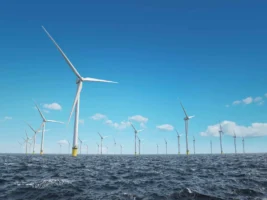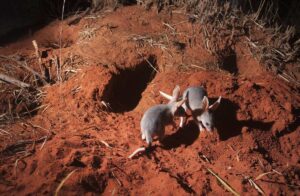Here’s a taste of the future: Last week, over the three southern states of Tasmania, Victoria and South Australia, the share of renewable energy was above 50 per cent for most of the time.
Prices were low, observes Hugh Saddler, the leading energy analyst from The Australia Institute, who provided these graphs. And in South Australia, where there was a very high share of wind energy, only four gas units operated on days such as Thursday and Friday.
The top graph shows the share of grid supply in Tasmania, Victoria and South Australia, while this below shows the share in South Australia only.
Note that wind, from Monday on, accounted for a minimum 60 per cent of supply, and on occasions more than 100 per cent. Gas went up and down as needed – but note how little was needed from Wednesday through Friday.
The balance was maintained by the inter-connector, with exports as the wind blew hardest, and some imports when it pulled back slightly and offered a cheaper option than gas.
Here’s much the same thing in South Australia, with rooftop solar included in the graph below.
And here’s what the prices showed us. By and large, prices stayed around $50/MWh and below, apart from the occasional spike. And there were some negative pricing events, not including the midday negative pricing that was recorded in Queensland as a result of its solar production late last month.
Sadly, such low prices don’t last. As we saw on Monday, when the wind and solar back off, and the fossil fuel generators can create an artificial network constraint, they then have the market power to bid prices to the market cap in order to extract maximum value from the market.














